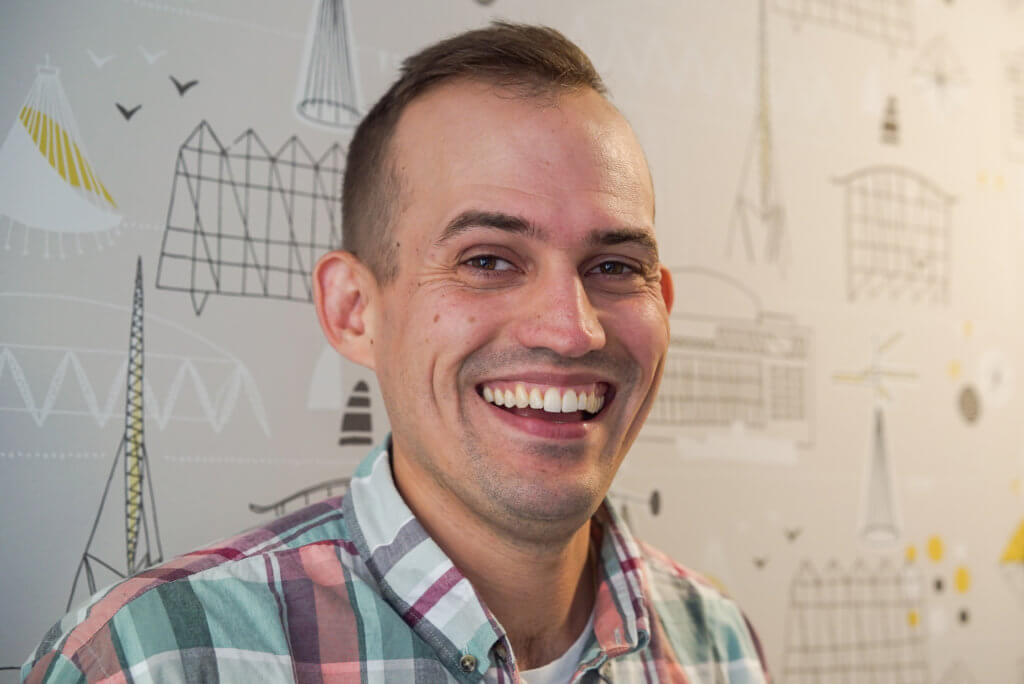Episode
Highlights
HYPERACTIVE IN KOLKATA
“If I try to diagnose myself, I think I fall in the category of like, hyperactive. Because I want to do a lot of things. I cannot sit quiet for a long time.”
—RUPA
Rupa grew up outside of Kolkata, India, in a middle class family. It’s traditional for the kids in her town to learn how to sing and to practice every morning. But, Rupa knows that’s not for her. At age 6, she asks her dad for dance lessons.
“When I found dance, I think I found it’s like a meditation for me. I don’t know how to say this, but I just had it in me. It brings me joy. It brings me peace. The knowledge of other things came later, but just the feel of dancing, you know like footwork because Indian dance has a lot of footwork. And the hands. And it’s like for me, I am trying to create a sculpture. Right. But it’s a moving sculpture.”
—RUPA
“THIS IS JUST A HOBBY”
“And my dad was like, “Well, this is just a hobby because it’s Indian family and home. You aim for academics. Singing, dancing, sports are hobbies. No….And that really was heartbreaking for me. I still remember the dress, like you know, attire I was wearing. I was so heartbroken because I really wanted to dance in that show.”
—RUPA

Dibyendu said, “I marry her, or I marry no one.” | Photo: Courtesy of Rupa

Rupa on her wedding day | Photo: Courtesy of Rupa

The Datta family | Photo: Courtesy of Rupa
BIG BENGALI WEDDING
Rupa and Dibyendu get married in a big Bengali celebration back in India. It’s three days of celebration with hundreds of people singing, dancing, telling jokes, and eating incredible food. After it all, Rupa goes back to school to finish her degree with a newfound focus on getting out of Norway and joining her husband in the United States.
“No dancing, no dancing and like I just forgot. All this transition and wedding. I was busy with my thesis, you know, ending my thesis. Getting here and joining my husband and starting, like, you know, living together.”
—RUPA

Zumba class in 2015 | Photo: Courtesy of Rupa
REDISCOVERING HER PASSION
“So one night, actually it was October 2012. I clearly remember that. We were sitting down, I had no idea what life coach is. But anyways, one question he asked me: Rupa, What is it that that one thing you’d like to do if there were no time constraint? No family constraint, no money constraint. Nothing. What is that one thing you’d like to do? And the other questions I took a long time to answer. That one question, just before even blinking I said, “Dance. And I want to teach dance.” “And so what is stopping you?” And I said, “It’s a lot of money to get, you know, $300 is not easy for a day training for becoming Zumba instructor.” He’s like, “Have you talked to your husband about this?” And I’m like, “No, this is the first time I actually talked about it with somebody.”
—RUPA

Rupa’s first student for Bollywood dance, Nelli | Photo: Courtesy of Rupa
DANCE BFF
It’s January of 2016. And Rupa decides to commit to her dreams. She stops teaching Zumba and, with the help of her friend and fellow dancer, Rutuja, she starts her own business: Dance Bollywood Fitness Fusion, or Dance BFF.
“The intention was always simple. We love dancing. We want people to dance with us. We want people to know about Indian dancing. I want to go beyond Indian community. Yes, it’s important for Indian community to accept us and, you know, embrace us. But it’s even more important to go beyond that for us. We wanted Rhode Island to fall in love with Bollywood.”
—RUPA

Masala Bhangra | Photo: Courtesy of Rupa
DIWALI IN WEST WARWICK
“How many of you have heard Dance BFF? Most people in Rhode Island who enjoy performing or watching dance, especially Bollywood dance, know Dance BFF. It’s almost synonymous now. Here’s a performance from them entitled, ‘Aayat-E-Sajda’. The choreographers are Punja Patel and Rupa Datta. ‘Aayat-E-Sajda’ is an exquisite blend of Kathak and Sufi. It’s an artful contribution from the BFF choreographers. With a tone of peace and love and soulful melody, experience how these dancers bring actual sculptures to life.”
—EMCEE
Six women are posed onstage in seated positions, with white silk skirts lapping the ground. Their arms are bent to mirror each other. Some heads are bowed, others are tilted up under maroon headwraps. They begin to move across the floor. With each step, the ghungroos tied to their ankles shake. Rupa is left of center, poised, confident, and proud, dancing steps she’s known her whole life.

Dance BFF performs with Rupa front and center | Photo: Courtesy of Rupa


